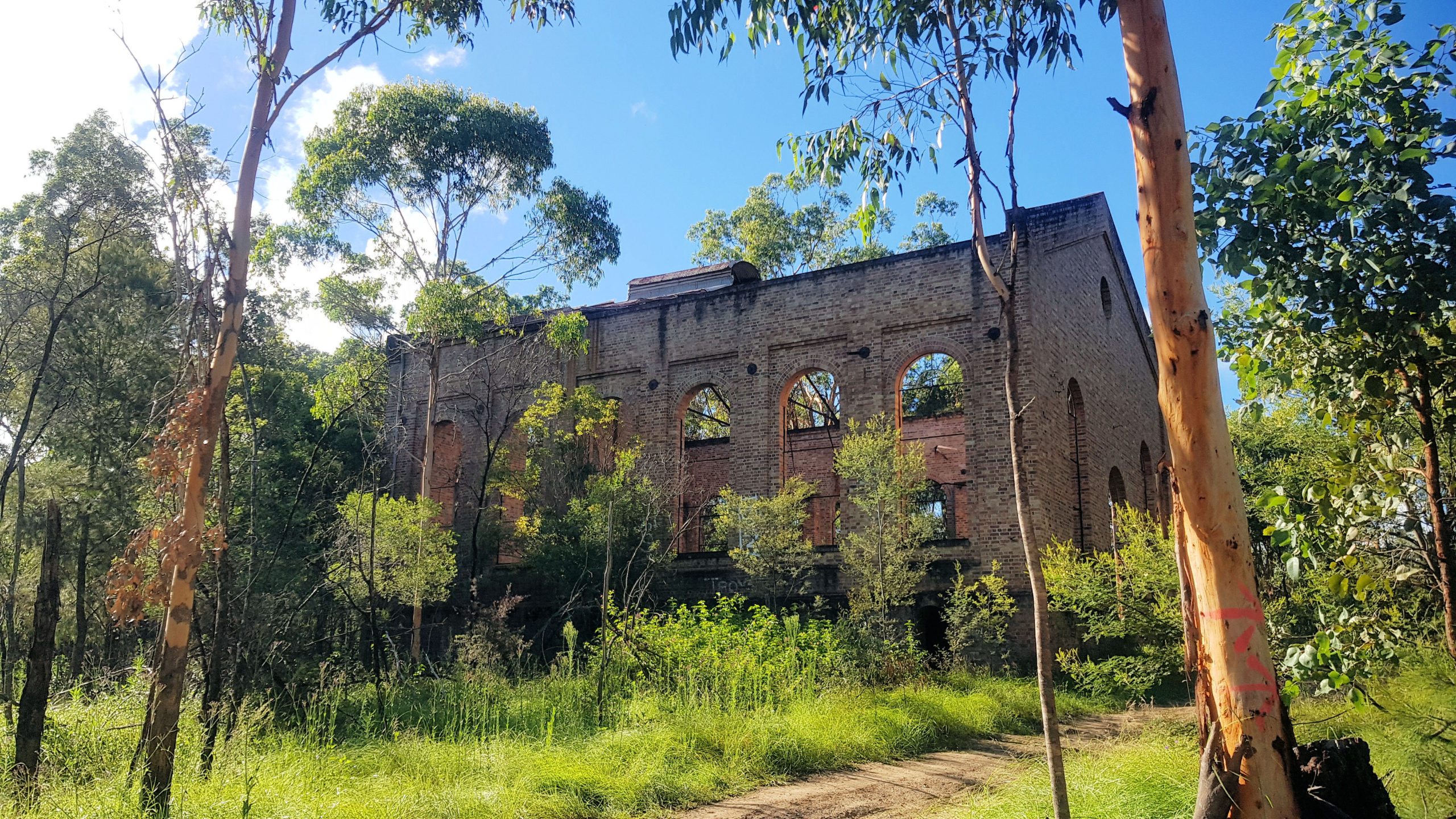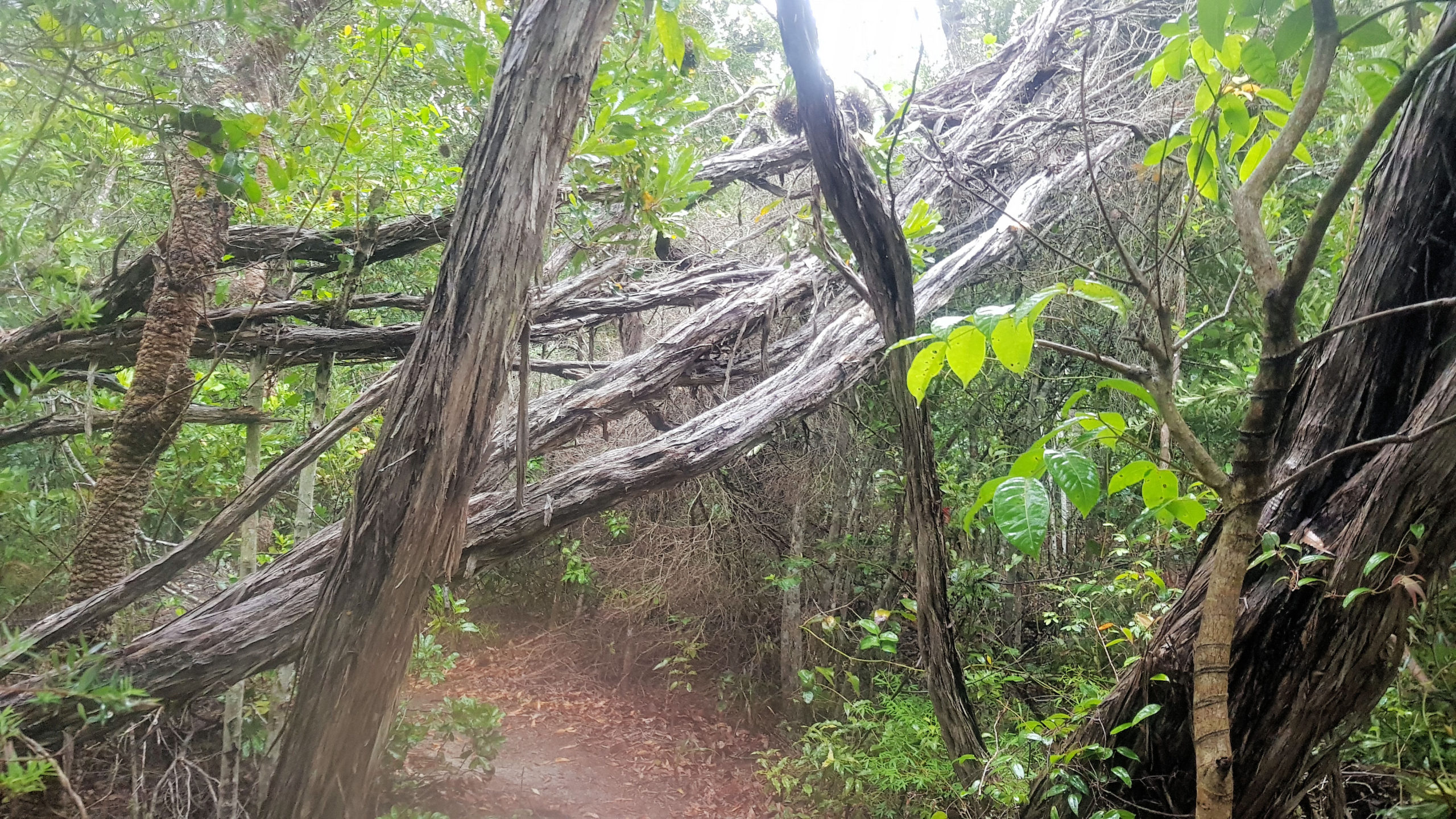Tag: Australia
-
Aberdare South Abandoned Mine at Abernethy

Aberdare South Abandoned Mine at Abernethy The Aberdare South Colliery operated from 1913 to 1927, making it long abandoned. All that remains of the old mine are the winder house and chimney, but these make the trip worthwhile, so that you can see some of the original industry of the Hunter Valley. Getting There Located… Read more
-
Wyrrabalong National Park

Wyrrabalong National Park Getting There and Parking Located on the Central Coast Highway near Norah Head, Wyrrabalong National Park is an hours drive south of Newcastle. We parked in a small car park just past the Pelican Beach Road turn-off, which was small, but well maintained. Signs and an information board provide information about the… Read more
-
Big Picture Festival 2020 Newcastle Street Art

2020 Big Picture Festival Newcastle Street Art During 2020, the Newcastle City Council, organised the Big Picture Festival that added 12 beautiful artworks to the cities’ buildings. They are all within easy walking distance of each other, and a Council map make them easy to find. We walked around the streets to look at the… Read more